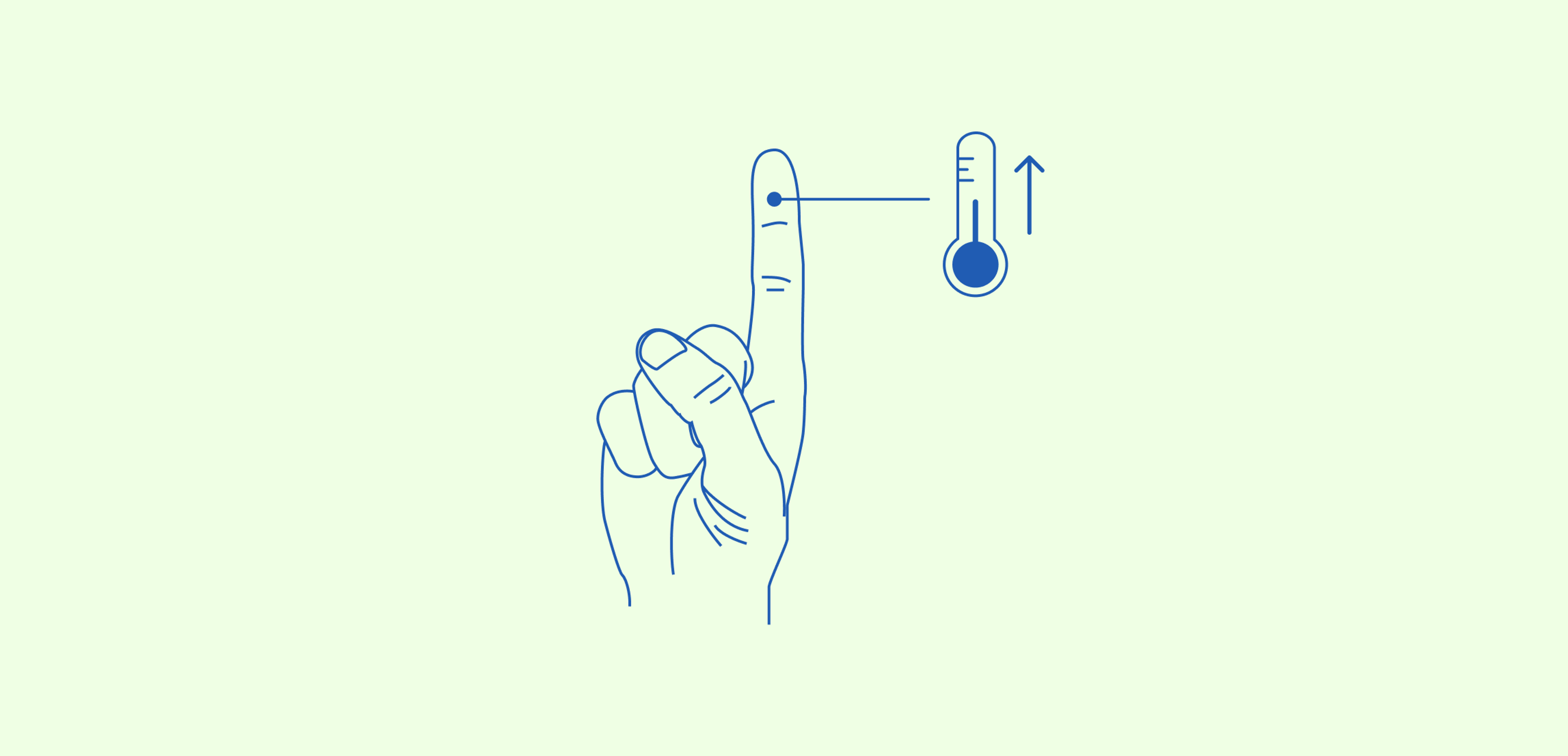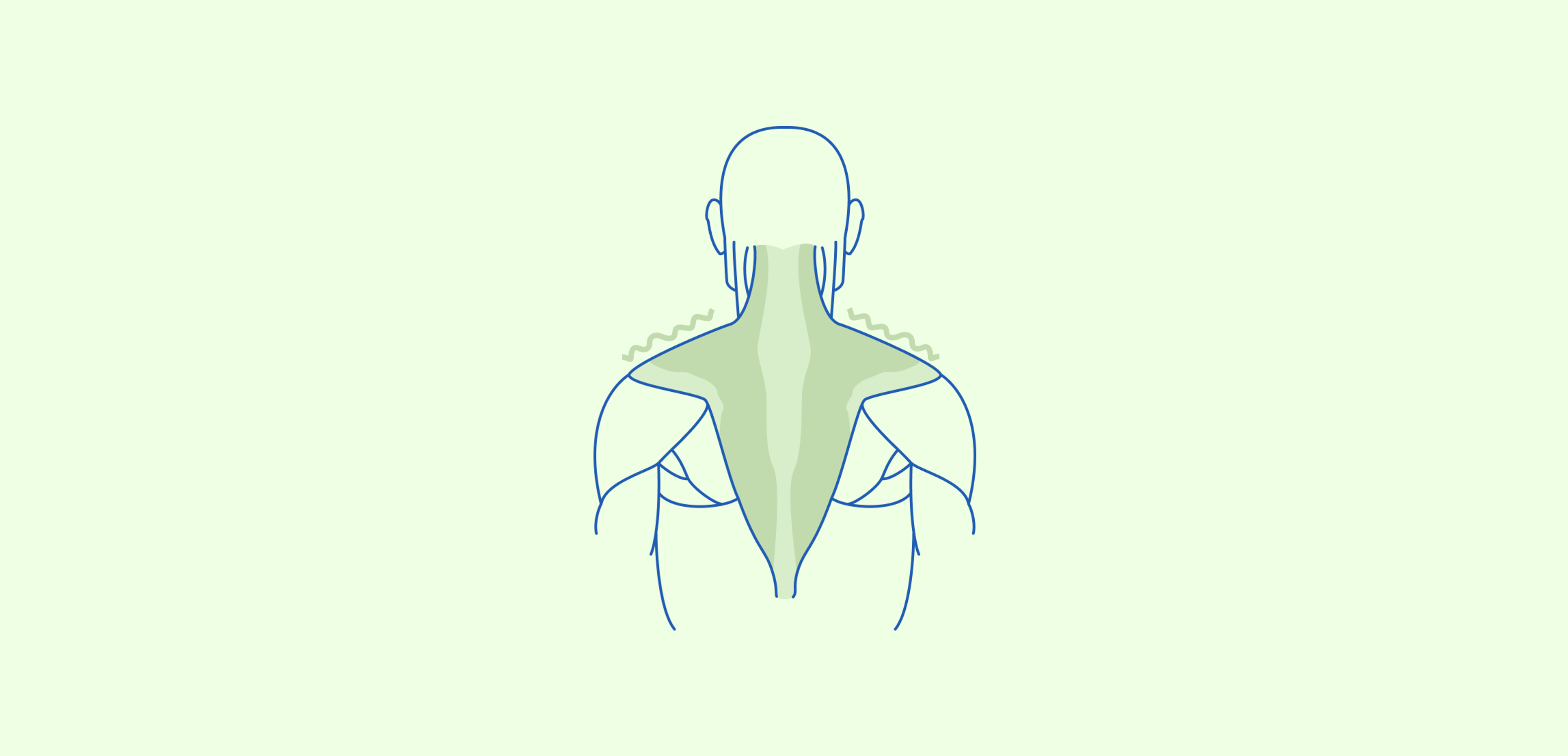
What do temperature and tension have to do with stress?
Share
Cenli helps you from stress to rest by measuring temperature and tension
How is finger temperature related to stress?
Have you ever felt your hands and feet get warmer when you calm down? It's actually a sign that your body is starting to let go of stress. When you go from a state of tension to rest, something often happens in the nervous system: the sympathetic stress system quiets down and the body shifts to a more relaxed state. This allows the blood vessels in the skin to open up - providing better blood circulation to the hands and feet. As a result, you can feel your skin getting warmer, and the temperature of your fingertips, for example, can approach the body's internal temperature of around 37 degrees. This is a natural sign that the body is regulating itself and finding balance.

We develop Cenli precisely to support this natural transition from stress to rest. This makes it easier for you to find peace, recovery and well-being in your everyday life.
What does neck tension have to do with stress?
The trapezius muscle, which extends from the back of the head down between the shoulder blades, is one of the most important muscles in the neck and upper back. It is used to lift the shoulders, move the head and keep the upper body stable. When we're stressed, the body often reacts by tensing muscles - especially in the neck and shoulders. This happens automatically, as part of the body's "fight or flight" response. Over time, the tension can become chronic, especially if you have a sedentary job, poor posture or rarely take breaks. Many people don't notice it until they get a headache, stiff neck or pain between the shoulder blades. Learning to relax these muscles, for example through breathing techniques or biofeedback, can reduce both tension and stress levels.

Cenli helps you connect with your trapezius and release tension, allowing your body to lower your shoulders - for real.

